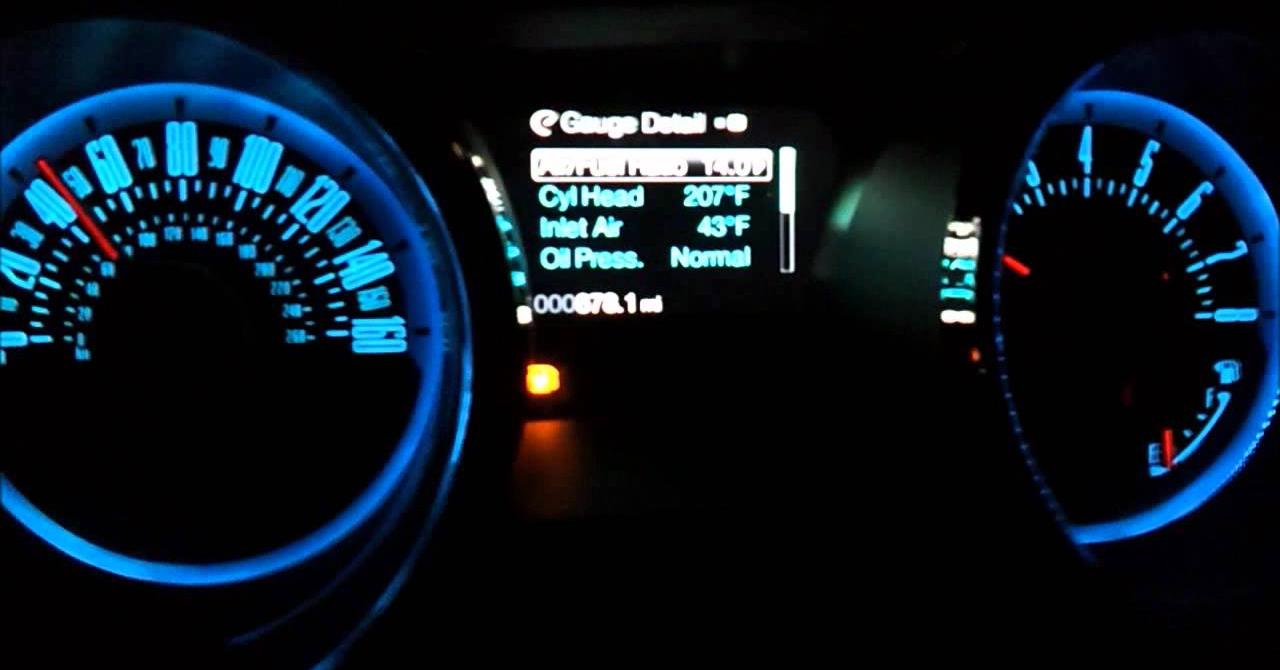Are you curious to know what is inlet air temperature? You have come to the right place as I am going to tell you everything about inlet air temperature in a very simple explanation. Without further discussion let’s begin to know what is inlet air temperature?
In various industries and applications, the temperature of the incoming air, known as the inlet air temperature, plays a crucial role in determining the performance and efficiency of equipment and processes. From automotive engines to industrial machinery, understanding and controlling the inlet air temperature is essential for optimal operation. In this blog post, we will delve into the concept of inlet air temperature, its significance, and the impact it has on different systems and processes.
What Is Inlet Air Temperature?
Inlet air temperature refers to the temperature of the ambient air as it enters a specific system, device, or component. It is typically measured at the point where the air is taken in or drawn into the system, such as an intake manifold, air filter, or cooling system.
Significance Of Inlet Air Temperature
The inlet air temperature holds significance in various fields and industries due to its impact on the following aspects:
- Combustion Efficiency: Inlet air temperature is crucial in combustion processes, particularly in engines. For example, in internal combustion engines, the air-fuel mixture’s temperature affects the combustion efficiency, power output, and emission levels. Cooler air tends to be denser and contains more oxygen, resulting in improved combustion and enhanced engine performance.
- Cooling and Heat Exchange: Inlet air temperature is also vital in cooling systems and heat exchange processes. For instance, in refrigeration and air conditioning systems, the temperature of the incoming air affects the cooling efficiency and the ability to maintain desired temperatures. Controlling the inlet air temperature is crucial for achieving optimal cooling and preventing system failures.
- Material and Equipment Performance: Inlet air temperature can impact the performance and lifespan of various materials and equipment. High temperatures can lead to thermal expansion, increased wear and tear, and accelerated aging of components. Similarly, excessively low temperatures can affect lubrication and cause operational issues. Maintaining the appropriate inlet air temperature helps ensure the longevity and efficiency of equipment and systems.
Controlling Inlet Air Temperature
In many applications, controlling the inlet air temperature is essential for achieving desired outcomes. Some common methods used to control and manage inlet air temperature include:
- Air Intake Systems: Intake systems, such as air filters, ducts, and intake manifolds, are designed to regulate the flow and temperature of the incoming air. They may incorporate components like air baffles or fins to help control the temperature and airflow.
- Heat Exchangers: Heat exchangers are commonly employed to regulate the temperature of the incoming air. These devices transfer heat between the incoming air and a coolant or refrigerant, thereby adjusting the air temperature before it enters the system.
- Cooling Systems: Cooling systems, including radiators, fans, and coolant circulation systems, are utilized to dissipate excess heat from the incoming air. They help maintain the desired temperature range for optimal operation.
Conclusion
Inlet air temperature plays a crucial role in various systems and processes, impacting combustion efficiency, cooling performance, and equipment longevity. Maintaining the appropriate inlet air temperature is essential for achieving optimal performance, efficiency, and reliability in engines, cooling systems, and other applications. Understanding the significance of inlet air temperature empowers engineers, technicians, and operators to implement effective measures to control and manage the temperature, ensuring optimal operation and desired outcomes in diverse industries and applications.
Visit Ofstype to Get to know about more concepts like this.
FAQ
Why Is My Inlet Air Temp High?
Diagnostic trouble code (DTC) P0127 stands for “Intake Air Temperature Too High.” This code indicates higher than expected air temperature based on the sensor input, which can be skewed due to a bad thermistor or a partially shorted circuit. Most vehicles don’t have code P0127 in their list.
What Is Inlet Air?
Definition of ‘air inlet’
an opening in an aircraft through which air is drawn, esp for the engines. b. the amount of air drawn in.
What Is The Inlet Air Temperature Of A Gas Turbine?
The power output and efficiency rating of gas turbines are usually based on ISO conditions (inlet air temperature 288 K and 65% relative humidity). If the inlet air is hotter and drier than ISO conditions, the power of the gas turbine decreases.
What Is High Inlet Temperature?
High Inlet Air Temperature Operation: Accommodates inlet air temperatures up to 200°F (94°C) and are ideal for use with compressors that do not include built-in aftercoolers.
I Have Covered All The Following Queries And Topics In The Above Article
What Is Inlet Air Temperature Rated Power
What Is Inlet Air Temperature
What does inlet temperature mean
How does inlet temperature affect NO x?
